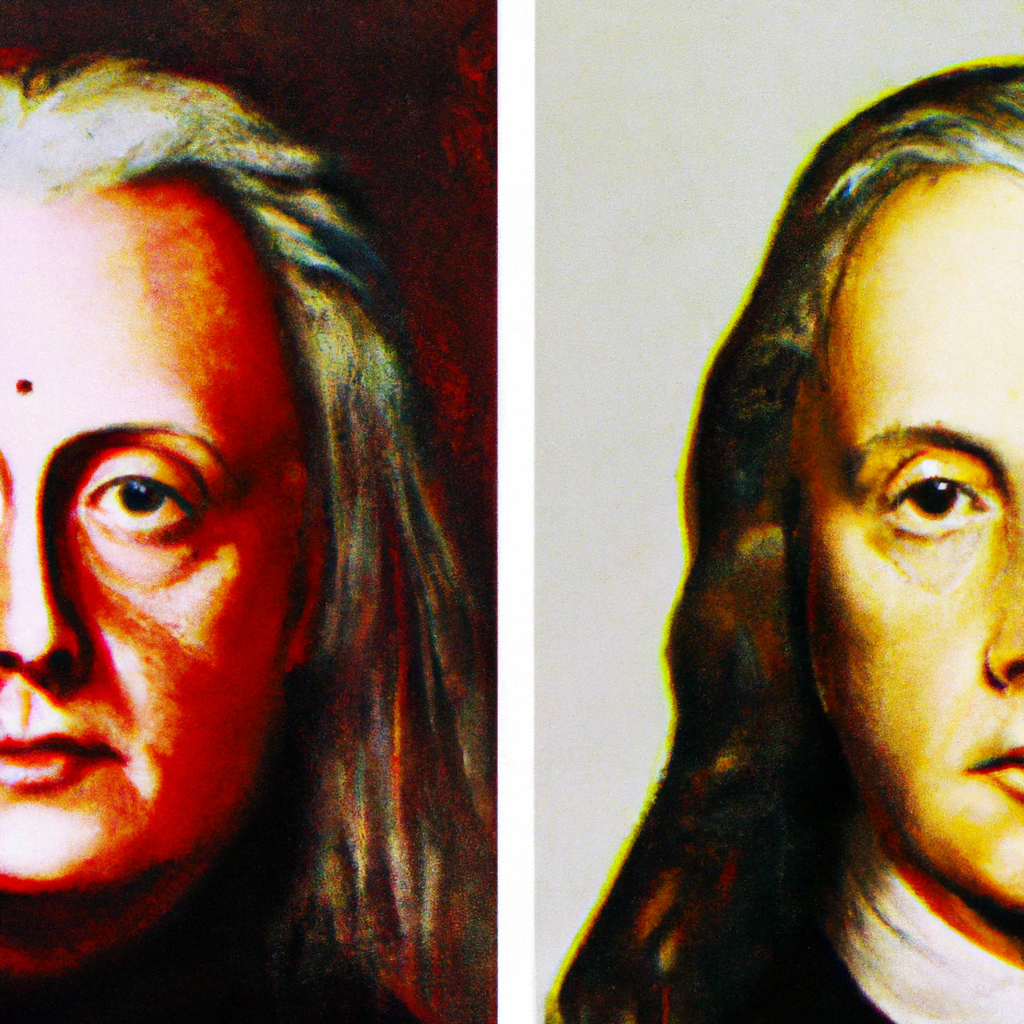
AI-Powered Image Restoration and Enhancement Techniques

With the rapid advancements in artificial intelligence (AI) technology, image restoration and enhancement techniques have seen significant improvements. AI-powered algorithms can now restore and enhance images with remarkable accuracy and efficiency. These techniques have revolutionized various industries, including photography, healthcare, and forensics. In this article, we will explore the different AI-powered image restoration and enhancement techniques, their applications, and the impact they have on various fields.
The Rise of AI in Image Restoration and Enhancement
Image restoration and enhancement involve improving the quality, clarity, and overall appearance of images. Traditional methods often rely on manual editing techniques, which can be time-consuming and require expertise. However, AI-powered algorithms have changed the game by automating and streamlining the process.
AI algorithms are trained on vast amounts of data, allowing them to learn patterns and features that make up high-quality images. By analyzing these patterns, AI models can restore and enhance images by filling in missing details, reducing noise, and improving overall visual quality.
AI-Powered Image Restoration Techniques
AI-powered image restoration techniques have proven to be highly effective in various scenarios, such as restoring old and damaged photographs, enhancing low-resolution images, and removing unwanted artifacts. Let’s explore some of the most popular AI-powered image restoration techniques:
1. Image Denoising
Noise is a common issue in digital images, caused by factors such as low light conditions or sensor limitations. AI algorithms can effectively reduce noise while preserving important details. By training on a large dataset of noisy and clean images, AI models can learn to distinguish between noise and actual image content, resulting in cleaner and more visually appealing images.
2. Image Inpainting
Image inpainting is the process of filling in missing or damaged parts of an image. AI-powered algorithms can analyze the surrounding pixels and intelligently generate plausible content to fill the gaps. This technique is particularly useful in restoring old photographs or repairing images with scratches, tears, or other damages.
3. Image Super-Resolution
Image super-resolution involves enhancing the resolution and level of detail in low-resolution images. AI algorithms can learn the relationship between low-resolution and high-resolution image pairs, enabling them to generate sharper and more detailed versions of low-quality images. This technique has applications in various fields, including surveillance, medical imaging, and satellite imagery analysis.
AI-Powered Image Enhancement Techniques
While image restoration focuses on fixing specific issues in images, image enhancement techniques aim to improve the overall visual quality and aesthetics. AI-powered image enhancement techniques can transform ordinary images into visually stunning masterpieces. Let’s explore some popular AI-powered image enhancement techniques:
1. Colorization
Colorization is the process of adding color to black and white or faded images. AI algorithms can analyze the image content and intelligently assign appropriate colors to different objects and regions. This technique brings new life to old photographs and provides a more immersive visual experience.
2. Style Transfer
Style transfer is a technique that allows users to apply the artistic style of one image to another. AI algorithms can learn the style of famous artworks or photographs and apply it to any input image. This technique enables users to create unique and visually appealing images with a personalized touch.
3. Image Enhancement Filters
AI-powered image enhancement filters can automatically adjust various aspects of an image, such as brightness, contrast, saturation, and sharpness. These filters analyze the image content and make intelligent adjustments to enhance the visual appeal. This technique is widely used in photography and social media platforms to improve the overall quality of images.
Applications of AI-Powered Image Restoration and Enhancement
The advancements in AI-powered image restoration and enhancement techniques have opened up a wide range of applications across various industries. Let’s explore some of the key applications:
1. Photography
AI-powered image restoration and enhancement techniques have revolutionized the field of photography. Professional photographers can now restore old and damaged photographs, enhance low-quality images, and apply artistic styles with ease. These techniques enable photographers to deliver high-quality images to their clients and enhance their creative capabilities.
2. Healthcare
In the healthcare industry, AI-powered image restoration and enhancement techniques play a crucial role in medical imaging. These techniques can improve the clarity and quality of medical images, aiding in accurate diagnosis and treatment planning. AI algorithms can also remove noise and artifacts from medical images, ensuring better visibility of critical details.
3. Forensics
AI-powered image restoration and enhancement techniques have significant applications in forensic investigations. These techniques can help forensic experts enhance surveillance footage, restore damaged images, and extract important details from low-quality sources. By improving the visual quality of images, AI algorithms assist in identifying suspects and gathering evidence.
The Impact of AI-Powered Image Restoration and Enhancement
The impact of AI-powered image restoration and enhancement techniques is far-reaching. These techniques have transformed various industries and opened up new possibilities. Here are some key impacts:
- Time and Cost Savings: AI-powered techniques automate and streamline the image restoration and enhancement process, saving significant time and reducing costs compared to manual methods.
- Improved Visual Quality: AI algorithms can restore and enhance images with remarkable accuracy, resulting in visually stunning outputs.
- Enhanced Creativity: AI-powered image enhancement techniques provide photographers and artists with new tools to explore their creativity and create unique visual experiences.
- Accurate Diagnosis: In healthcare, AI-powered image restoration and enhancement techniques improve the clarity and quality of medical images, leading to more accurate diagnosis and treatment planning.
- Effective Forensic Investigations: AI algorithms assist forensic experts in analyzing and enhancing images, aiding in identifying suspects and gathering evidence.
Summary
AI-powered image restoration and enhancement techniques have revolutionized the way we restore, enhance, and manipulate images. These techniques leverage the power of AI algorithms to automate and streamline the process, resulting in improved visual quality and enhanced creativity. From restoring old photographs to enhancing medical images and aiding forensic investigations, the applications of AI-powered image restoration and enhancement techniques are vast and impactful. As AI technology continues to advance, we can expect even more sophisticated and powerful techniques that will further transform the field of image restoration and enhancement.
